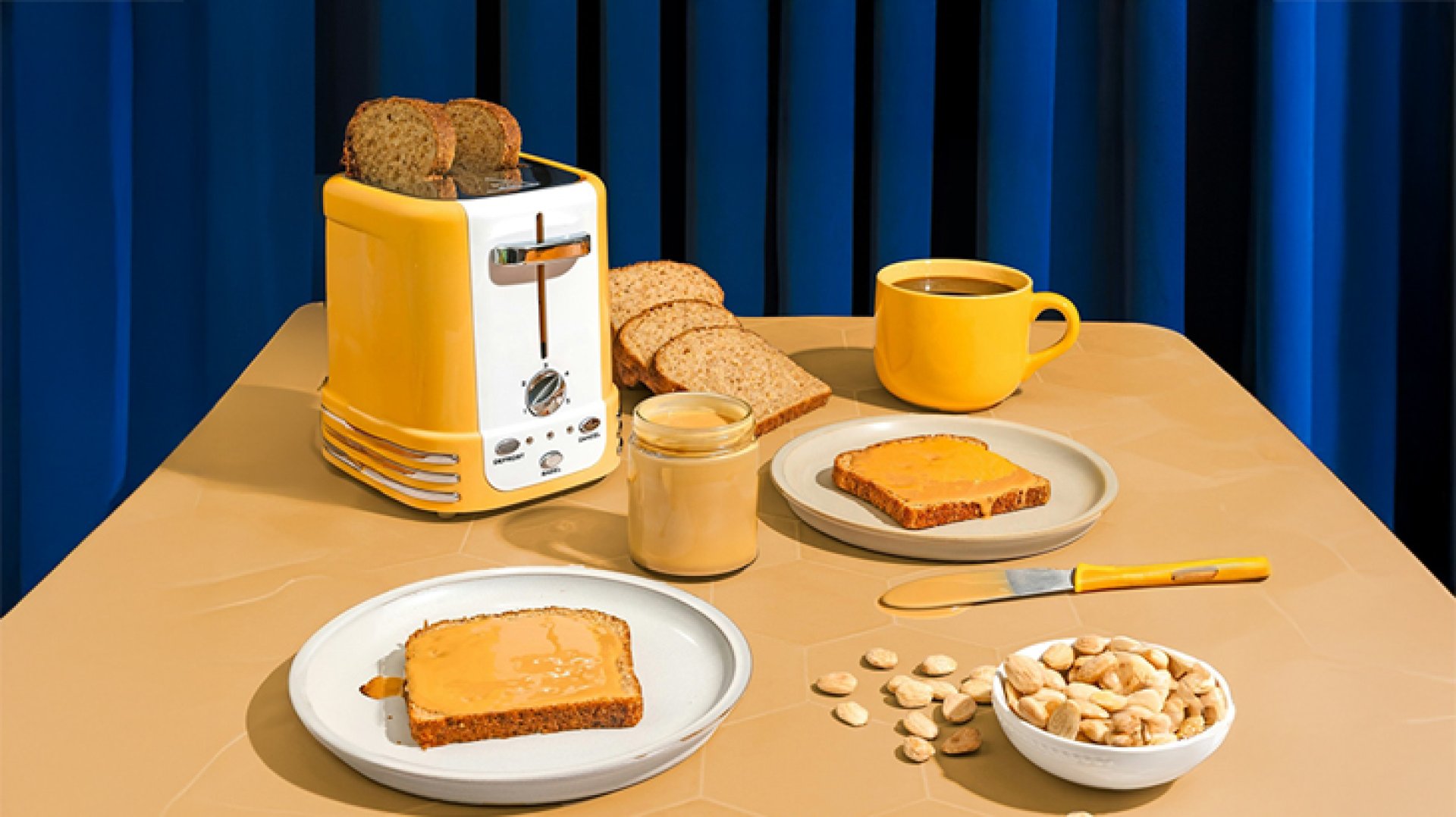Peanut Butter

Peanut Butter is a classic American breakfast food, often spread on crispy toast in the morning to provide energy for daily activities. Peanut butter is rich in protein and healthy fats, keeping you full for longer and supporting efficient brain function. Today, Rimping Supermarket takes you on a deep dive into the story behind this delicious spread.
Ancient Origins: From Aztecs and Incas to Peanuts in North America
Peanut butter's history dates back thousands of years in South America, where indigenous people widely cultivated peanuts. Stories tell that the Aztecs and Incas ground roasted peanuts into a fine paste, mixed with various spicy seasonings, and consumed it with bread as a staple food.
The introduction of peanuts to North America occurred around 1700 AD through the transatlantic slave trade. Consequently, American farmers began cultivating peanuts widely. During this era, peanuts were commonly roasted or fried in oil and became a popular food during the Civil War, as they provided energy and were rich in protein.
Commercial Development and Innovation (1884 - 1922 AD)
In 1884 AD, the commercial development of peanuts began when Marcellus Gilmore Edson, a Canadian chemist, patented a technique for roasting peanuts and converting them into a finely ground, viscous paste.
However, Marcellus's technique was not yet the peanut butter recipe we know today. It wasn't until 1895 that Dr. John Harvey Kellogg (the inventor of Kellogg's cereals) patented a process for making peanut butter from raw peanuts. His primary objective was to provide a nutritious food for individuals with dental problems who couldn't chew whole peanuts.
Later, in 1896 AD, the renowned media outlet Good Housekeeping advertised a method for making peanut butter at home using a meat grinder and recommended consuming it with bread in the morning. Nevertheless, this method did not produce a consistently smooth peanut butter.
In 1903, Joseph Lambert, an employee of Kellogg, invented a large-scale machine for roasting and grinding peanuts. He then left the company to start his own business, Lambert Food Company, to sell this machine. From then on, numerous peanut butter businesses emerged in the United States.
In 1922, Joseph L. Rosefield, a chemist and businessman from California, invented a method to make peanut butter more liquid by adding vegetable oil, resulting in a smoother, more consistent texture, known as stabilized peanut butter. This eventually became the peanut butter we know today. He then developed various peanut products, including low-fat peanut butter, to cater to diverse tastes.
Global Popularity and Diverse Forms Today
Throughout the 20th century, the popularity of peanut butter continued to soar, partly due to meat and dairy rationing during World War II. Consequently, peanut butter became a nutritious and affordable alternative, easily accessible in American households.
Today, peanut butter has gained global popularity and has been developed into various forms, such as honey-roasted peanut butter and chocolate-infused peanut butter. It is used in numerous processed foods, including chocolate candies, ice cream, snack bars, and cookies.


